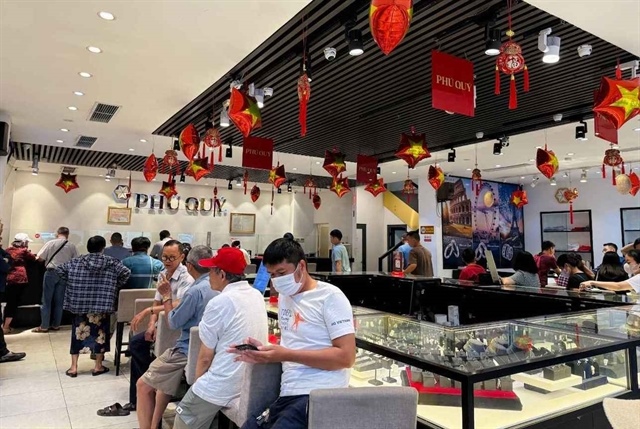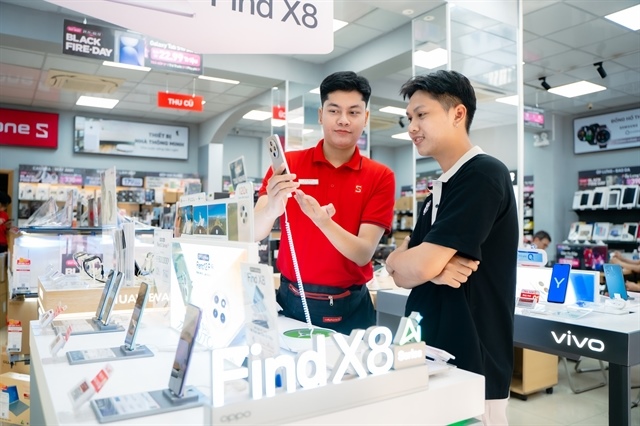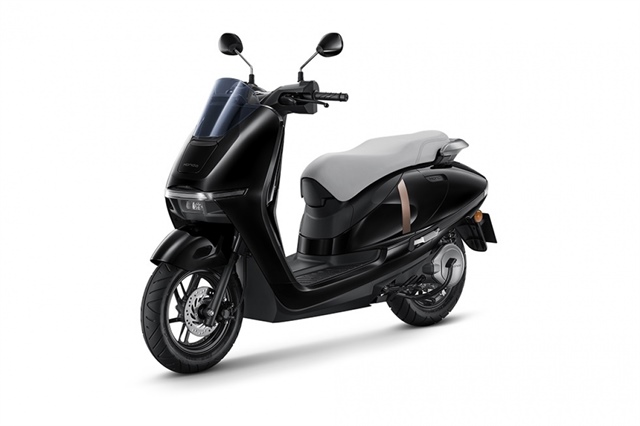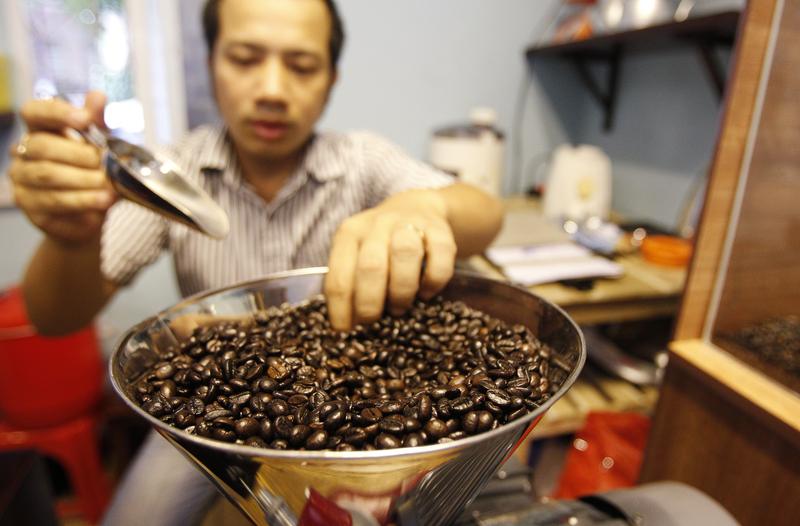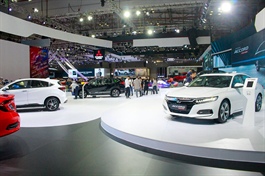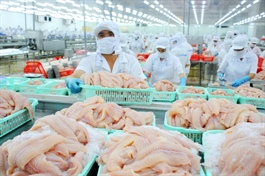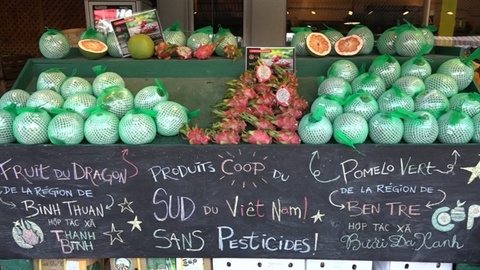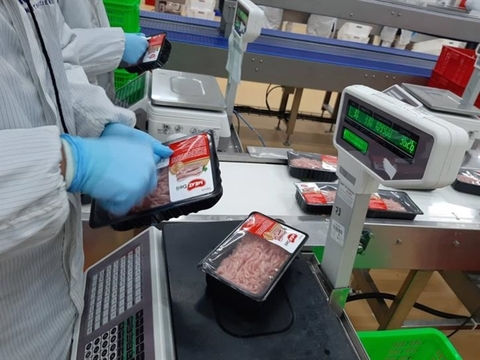Macadamia nuts ripe for billion-dollar expansion
Macadamia nuts ripe for billion-dollar expansion
Vietnam wants to earn around $1 billion from growing macadamia by 2030, and although some plantations have achieved partnerships with domestic buyers, the targeted revenue for the small nuts with butter-like flavour and creamy texture might be hindered by incomplete supply chains and other issues.
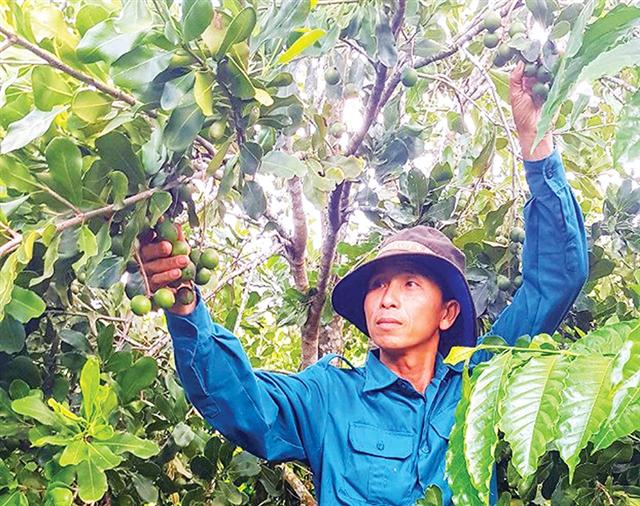
Macadamia nuts ripe for billion-dollar expansion, photo Le Toan
|
The northern province of Son La is known for hosting one of the largest hydroelectric power plants in Southeast Asia, its Thai villages, and their Ban flower festivals. However, it may not be long until Son La is also known for its macadamia nuts, with a small but steadily growing planting area.
For just one or two weeks a year, interested buyers visit the province to purchase the valuable nuts. Prices are based on size, moisture, and maturity, and have varied dramatically during the last few years, ranging from VND150,000 ($6.50) to as low as VND30,000 ($1.30) per kg.
Domestic milkmaker TH Group is one of those buyers and sets high standards for the classification of macadamia nuts. As the company aims to export its products, including its macadamia-flavoured milk, TH had previously built stable supply chains with households in the northern province of Hoa Binh to guarantee steady quality and price levels.
Meanwhile, after nearly 20 years of experimenting and expanding their plantation to five hectares, the family of Ha Thi Trang in Son La’s Tham village looks forward to its next harvest, which still depends on wind conditions and sun intensity during November – the fruiting season when the nuts begin to blossom. Soil and seedlings are important factors in production, as Trang told VIR. “I am still using the seedlings that were given to us by former Deputy Prime Minister Nguyen Cong Tan.”
Back in 2002, the then-Deputy PM presented some households in Son La with seedlings purchased from China to try out growing macadamia. Trang’s family was among the chosen ones to test planting the trees on an area of about 3,000 square metres.
Special attention
Now, Trang’s family has a total of 117 macadamia trees on the entire five hectares and harvests around four tonnes of nuts annually. The main advantage of planting these trees is their high resilience in withstanding the harsh weather conditions of the north and their long harvest cycle of about 60 years, which compared to coffee with just 20 years seems a more promising investment. Since 2000, macadamia trees have been experimentally planted in Vietnam, mostly concentrated in the country’s northwestern and the Central Highlands regions. In both regions, the plantations with regular quality control cover around 14,200ha while the remaining 2,300ha are mostly uncontrolled.
Minister of Agriculture and Rural Development Nguyen Xuan Cuong confirmed that the initial number of participating farmers had to be reduced as some nuts came out at low qualities within the first 7-10 years. “The unsuccessful planting of macadamia in Dak Nong province is one such case,” the minister added.
Ha Thuy Hanh, deputy director of the National Agricultural Promotion Centre said, “When investing in growing macadamia, farmers need to pay special attention to seedlings, cultivation processes, and output plan.”
Vietnam has three national varieties and an additional 10 that are recognised for technical advances. A recently initiated project in the northwestern and Central Highlands regions promises to diversify the country’s macadamia varieties with four new ones.
Meanwhile, the country also already established several research gardens to further improve varieties, but, seed quality remains a barrier to the development of macadamia.
“Currently, there are seven imported varieties in addition to the locally-developed ones. However, how each variety can be adapted for production purposes has not been surveyed yet,” agricultural researcher Hoang Trong Thuy explained to VIR. “Vietnam set the target of a macadamia output worth $1 billion by 2030, but without formal studies on soil conditions, kinds of seeds, and production processes.”
Refocus on value
So far, Vietnam has no specific plan on how to develop macadamia into a commodity industry, with the growing experiments “mainly aimed at creating jobs for ethnic minorities and greening the bare lands, without paying much attention to the value chain,” as Thuy argued.
Moreover, if this industry cannot ensure the livelihoods of involved farmers, Thuy worries that “over-investment could lead to the removal of other crops to gain land for the targeted plantation area of 34,500ha until 2030.”
Five years ago the problem of growing macadamia trees in the Central Highlands region was discussed at the National Assembly. The then-Minister of Agriculture and Rural Development Cao Duc Phat warned that growing macadamia to follow a trend could repeat the experiences with coffee and rubber. At that time, the MARD only planned to use 10,000ha or less by 2020, and that the nuts should be grown from recognised varieties in previously successful pilot locations.
Macadamia nuts originated from Australia and were introduced to Vietnam in 1994, starting with only 10 trees planted by the Vietnamese Academy of Forest Sciences’ research centre. Back then, the ministry invited an Australian expert to survey the process and receive advice.
Phat also warned that Vietnam should not follow the example of countries like China and South Africa, which previously were racing to grow macadamia at a point in time when prices stood at around AU$6 (now around $4.30) per kg of dried nuts. At that time, the annual growth rate of planting areas was about 8 per cent, while the supply rate grew at 10 per cent.
|
In 2014, the Ministry of Agriculture and Rural Development (MARD) issued a decision to publish the “List of key forest plant species for ecological regions”, including macadamia. In 2016, the MARD issued another decision to approve macadamia development in the northwestern and Central Highlands regions until 2020, with a vision towards 2030. In November 2018, the ministry also issued a circular recognising macadamia as one of 20 main forest crop species of Vietnam. The country plans to reach an output of 85,000 tonnes per year by 2025, with an estimated value of $500 million per year. By 2030, Vietnam wants to expand the output to around 165,000 tonnes per year valued at $1 billion. The MARD issued a consumption policy to support price stabilisation and ensure domestic macadamia prices reach at least 85 per cent of those in the Australian market in the next 10 years. |
|
Nguyen Xuan Cuong - Minister of Agriculture and Rural Development
Macadamia trees have had a positive impact on creating jobs and raising incomes for about 10,000 rural households. After five years, the country has 23 provinces planting macadamia trees, with an area of over 16,500ha. In 2020, it is expected that the nation’s harvest will reach nearly 6,600 tonnes of fresh nuts, nearly 24.5 times more than in 2015. With the current price for dried nuts at about VND200 million ($8,700) per tonne, it is estimated that more than 4,000 tonnes of exported nuts earn the industry about VND788 billion ($34.2 million), with the rest being used for domestic consumption. Up to now, Vietnamese macadamia exports amount to over 2,400 tonnes of dried nuts, mainly to Japan, China, South Korea, Singapore, the United States, and France. It is forecasted that global supply and demand will both increase rapidly, by around 9 and 12 per cent per year respectively. This presents an important foundation for Vietnam to develop its macadamia sector and participate in the global market until 2030 and afterwards. |





